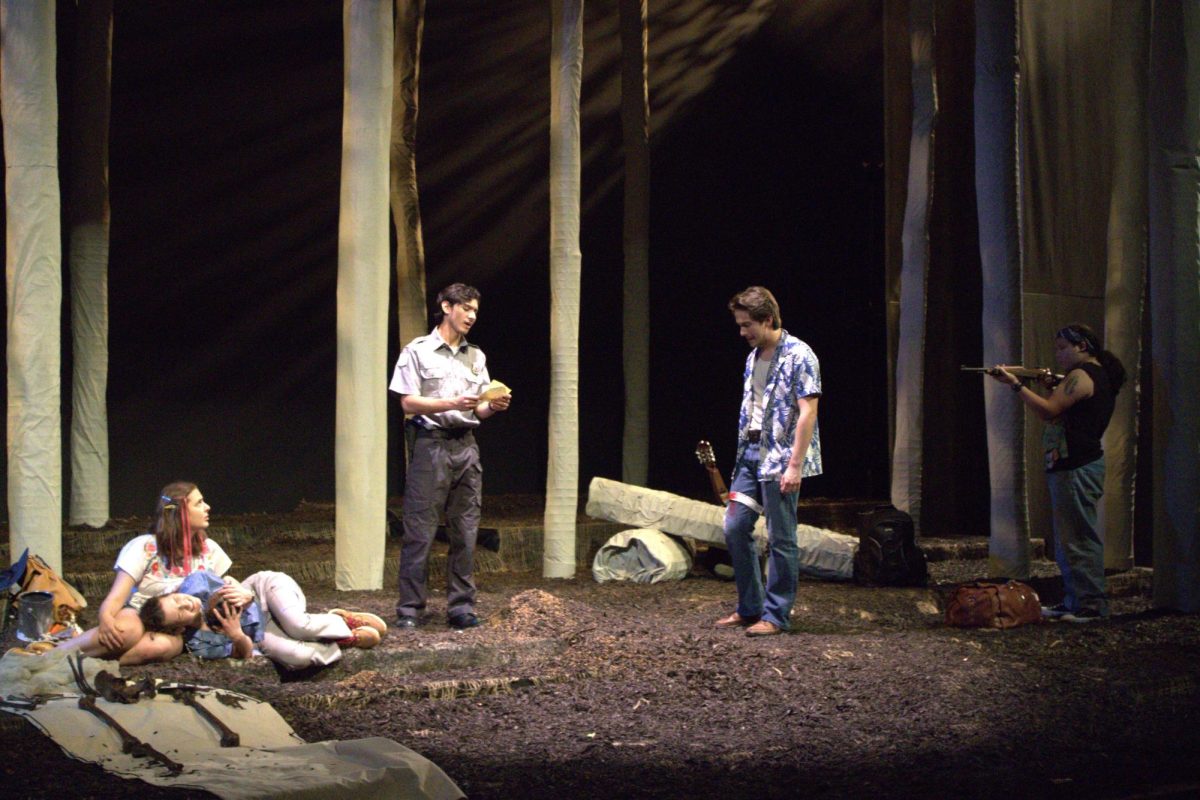Neil Gaiman’s seminal series, “The Sandman,” made a return to the newsstands this week. “The Sandman: Overture” is a mini-series set immediately before (if you disregard the time-traveling aspect of immortal gods) the events of the original series. This six-part run will chronicle how a cult of simple humans managed to capture Morpheus, the physical manifestation of Dreams who was weakened due to an unknown reason. I recently read the first issue, and it was unsurprisingly amazing. Gaiman, artist J.H. Williams III and colorist Dave Stewart created such a beautiful symphony of the mysterious and surreal. The beautiful Maddie Smith might have more words for this specific issue. I will continue on the path of the original series.
“Sandman” ran for 75 issues from January 1989 to March 1996. The story has a heavy focus on the Endless and the many worlds and many creatures they interact with. The Endless are anthropomorphic gods who have almost complete control over their respective aspects of the universe. These powerful beings form a dysfunctional family. Dream is in charge of the world of Dreaming and can best be described as serious and stiff”” especially when it comes to his responsibilities. Despair and Desire are twins. Despair is quiet and brusque. Desire is a sexy and androgynous figure who seems to be as fickle as the emotion itself. Delirium, who was once known as Delight but changed her name for unknown reasons, is thoughtful and insane. The last brother gave up his mantle and went away. And then there is Death. They are involved with various eras of Earth due to their immortal nature, but also various fantasy worlds like the fairy world, the mythological world and the biblical world. These seven are some of the most interesting characters in fiction I have encountered.
The story’s real emotional core is Morpheus and the fateful journey he embarks on as he deals with himself and the universe. The Lord of the Dreaming may be one of the most powerful beings in the universe, but he is a very flawed character. His story is that of a tragic hero. He comes to several realizations throughout the story about who he is, how he handles his duties and the way he interacts with those he encounters. He at first appears angry and callous. The dreams of those he touches are seldomly changed for the better. Slowly and very subtly (as is expected from an immortal being), a change can be perceived – or at least a desire for change. This struggle defines “Sandman” and makes it the tragic and epic tale that it is. There are monsters and demons, but the conflict lies underneath the surface.
This theme of change is particularly apropos due to the events occurring outside of the realm of Dreams. The British Invasion was occuring in the comic book industry. Neil Gaiman, Grant Morrison and Alan Moore were writing books that flew in the face of what most viewed as “comics.” Or maybe “walked” would have been a better word. These authors”” along with my favorite publisher, Vertigo”” moved away from the norm of superhero comics and created works that catered to a much more mature audience. The characters and stories had depth beyond their powers and choice of outfit.






